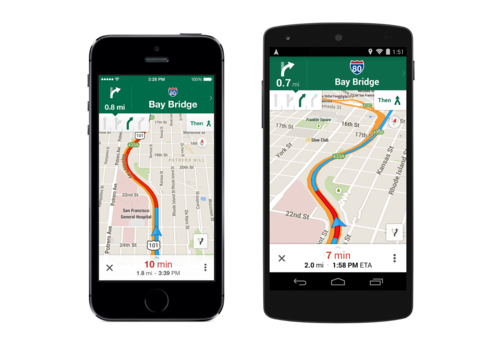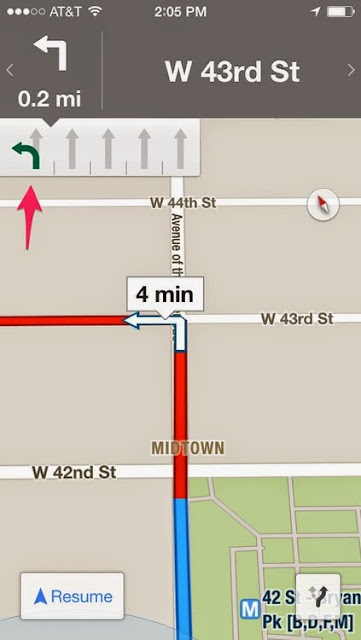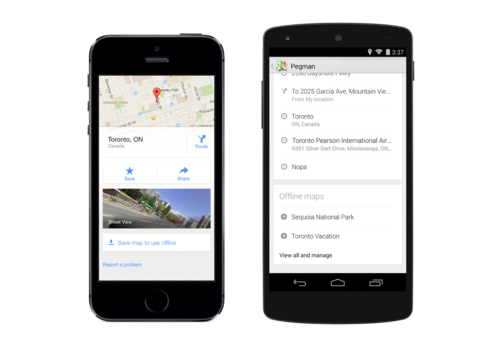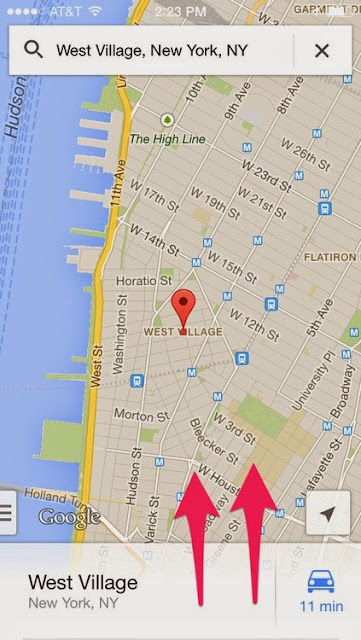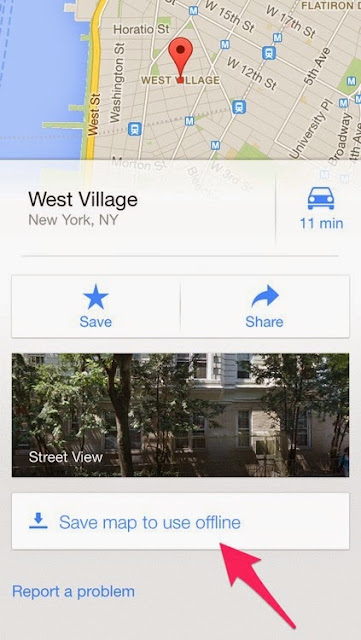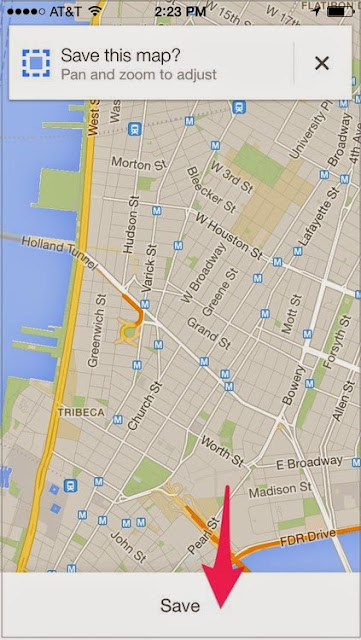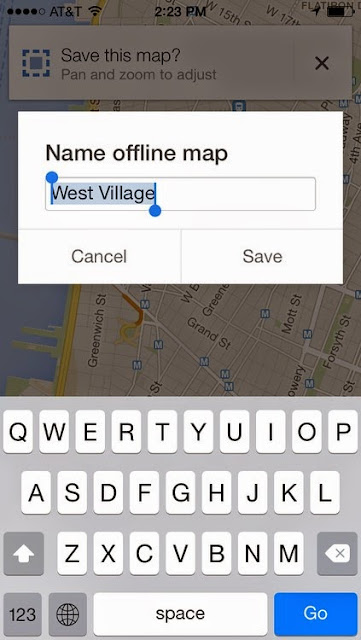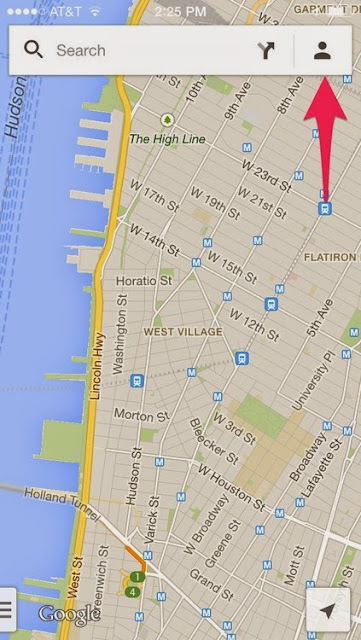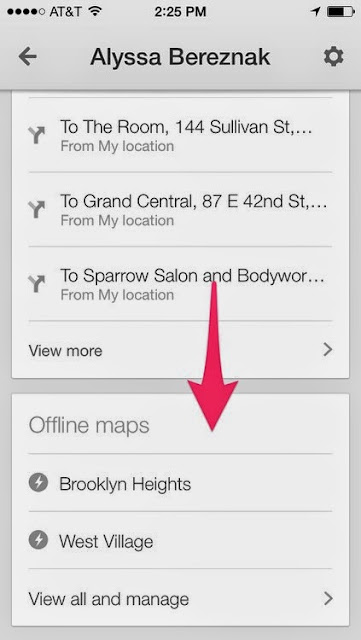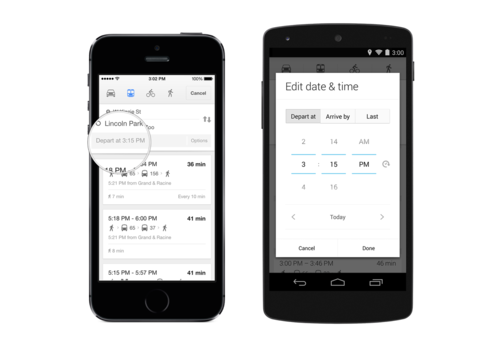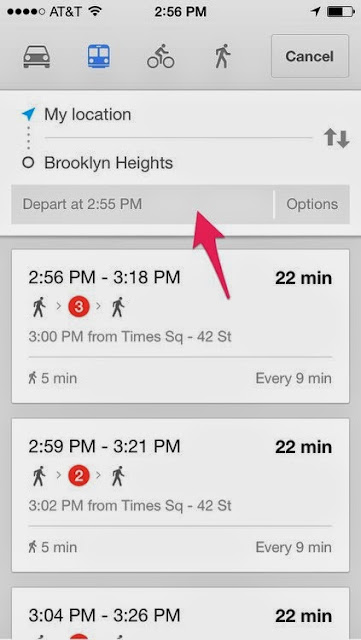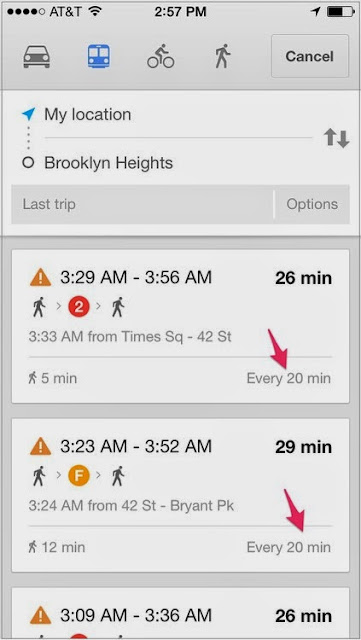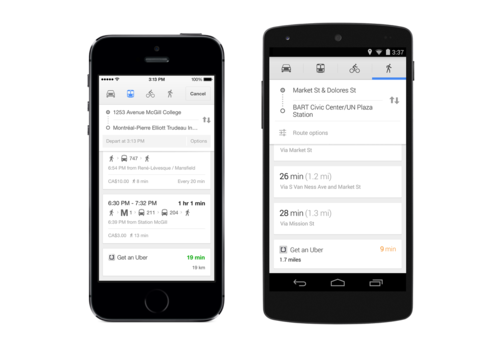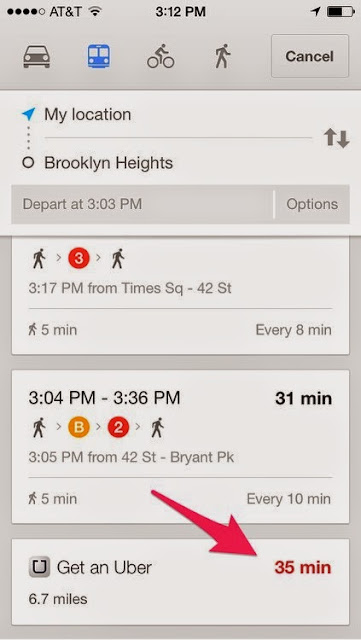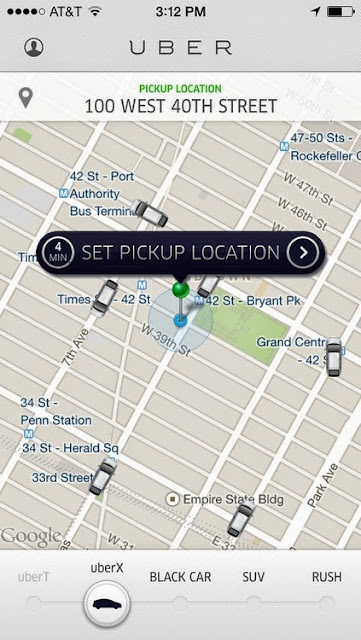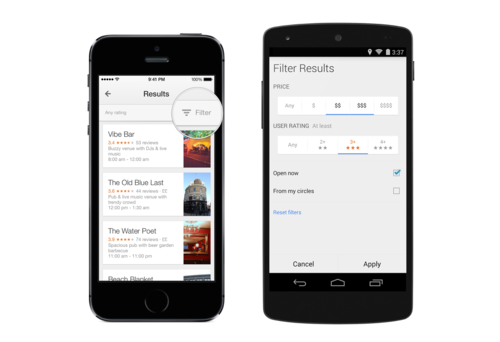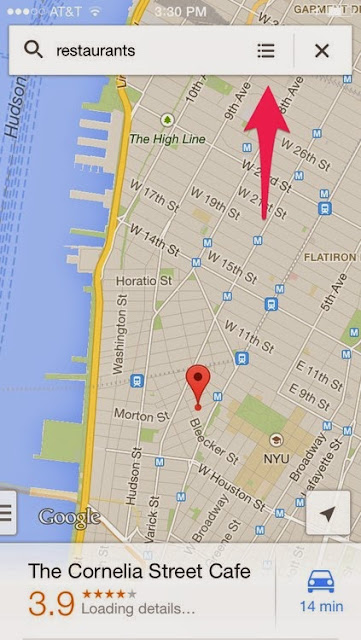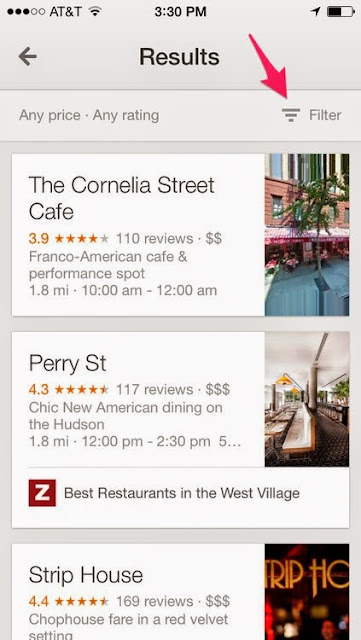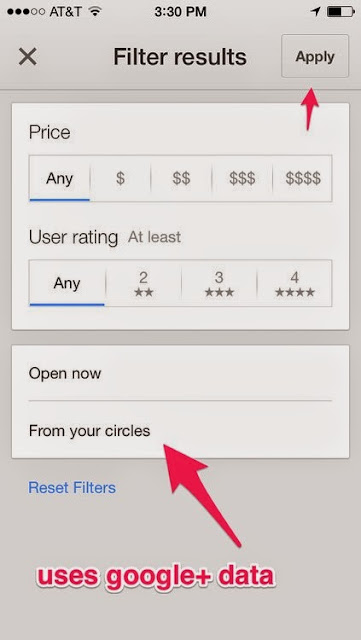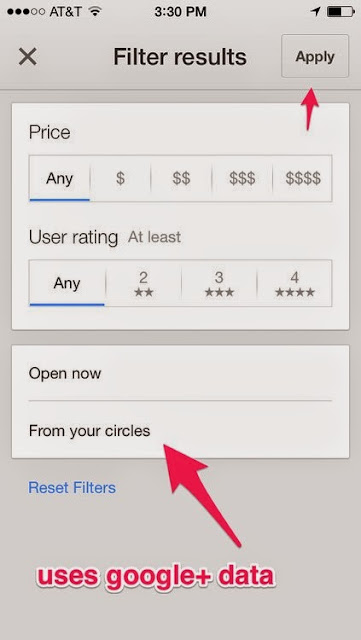By Julie Bort

Amazon Fire phone
While Amazon has introduced a lot of cool gadgetry for consumers with its new Fire smartphone, it certainly didn't ignore business users.
Amazon has a surprisingly robust list of features for work, including some things that will make enterprise IT professionals happy.
1. Microsoft Outlook email, calendar, contacts. The Fire can link to a corporate Microsoft Exchange email system using Microsoft's ActiveSync tool. Not only will that sync your data, but it also makes sure the phone meets corporate security policies. IT should be pleased.
2. View Microsoft Office Files. The phone includes an OfficeSuite Viewer app so you can look at files like spreadsheets or PowerPoints, if not create them, right on your Amazon Fire.
3. Encryption. Fire can be set up to encrypt the data on the phone so that if it gets lost, hacked or stolen, no one can read your files.

Amazon Fire phone business apps
4. Support for enterprise security software known as Mobile Device Management. This is super important to IT professionals. With mobile device management (MDM), IT can locate phones, remotely wipe them, add corporate apps and enforce security policies, such as passwords.
5. Files from the corporate network. Amazon promises that you can access your corporate network on your Fire phone via your user name and password.
6. Coming soon: support for the secure corporate network or VPN (virtual private network). Some companies require extra passwords and security to access files and apps. Amazon says it's working on baking this feature into Fire. In the meantime, it is offering a selection of VPN apps from its app store.
7. Easier corporate passwords, also coming. That's a feature known as "single sign-on" where you use one password to access all things on the corporate network that requires a password. Amazon says this is also coming soon to Fire.
8. Enterprise app store. Amazon offers something called "Whispercast" as a tool businesses can use to manage the Fire phone, Kindle Fire tablet and other Kindle devices. They can use this to add and remove books, files, and apps like a private app store.
9. Apps. Most importantly, Amazon says it's working on getting popular business apps into its app store. This includes apps to take notes, scan documents, prepare invoices, and remote desktop from your tablet. Free apps like Skype and GoToMeeting are available, too.
More From Business Insider
• How A Hacker Nabbed $600,000 In Two Months By Googling People's Home Networks
• Some HP Employees Were Busted For This Hilariously Awful Attack Against Competitor, Splunk
• How Amazon's New Fire Phone Stacks Up Against The Competition

Amazon Fire phone
While Amazon has introduced a lot of cool gadgetry for consumers with its new Fire smartphone, it certainly didn't ignore business users.
Amazon has a surprisingly robust list of features for work, including some things that will make enterprise IT professionals happy.
1. Microsoft Outlook email, calendar, contacts. The Fire can link to a corporate Microsoft Exchange email system using Microsoft's ActiveSync tool. Not only will that sync your data, but it also makes sure the phone meets corporate security policies. IT should be pleased.
2. View Microsoft Office Files. The phone includes an OfficeSuite Viewer app so you can look at files like spreadsheets or PowerPoints, if not create them, right on your Amazon Fire.
3. Encryption. Fire can be set up to encrypt the data on the phone so that if it gets lost, hacked or stolen, no one can read your files.

Amazon Fire phone business apps
4. Support for enterprise security software known as Mobile Device Management. This is super important to IT professionals. With mobile device management (MDM), IT can locate phones, remotely wipe them, add corporate apps and enforce security policies, such as passwords.
5. Files from the corporate network. Amazon promises that you can access your corporate network on your Fire phone via your user name and password.
6. Coming soon: support for the secure corporate network or VPN (virtual private network). Some companies require extra passwords and security to access files and apps. Amazon says it's working on baking this feature into Fire. In the meantime, it is offering a selection of VPN apps from its app store.
7. Easier corporate passwords, also coming. That's a feature known as "single sign-on" where you use one password to access all things on the corporate network that requires a password. Amazon says this is also coming soon to Fire.
8. Enterprise app store. Amazon offers something called "Whispercast" as a tool businesses can use to manage the Fire phone, Kindle Fire tablet and other Kindle devices. They can use this to add and remove books, files, and apps like a private app store.
9. Apps. Most importantly, Amazon says it's working on getting popular business apps into its app store. This includes apps to take notes, scan documents, prepare invoices, and remote desktop from your tablet. Free apps like Skype and GoToMeeting are available, too.
More From Business Insider
• How A Hacker Nabbed $600,000 In Two Months By Googling People's Home Networks
• Some HP Employees Were Busted For This Hilariously Awful Attack Against Competitor, Splunk
• How Amazon's New Fire Phone Stacks Up Against The Competition
